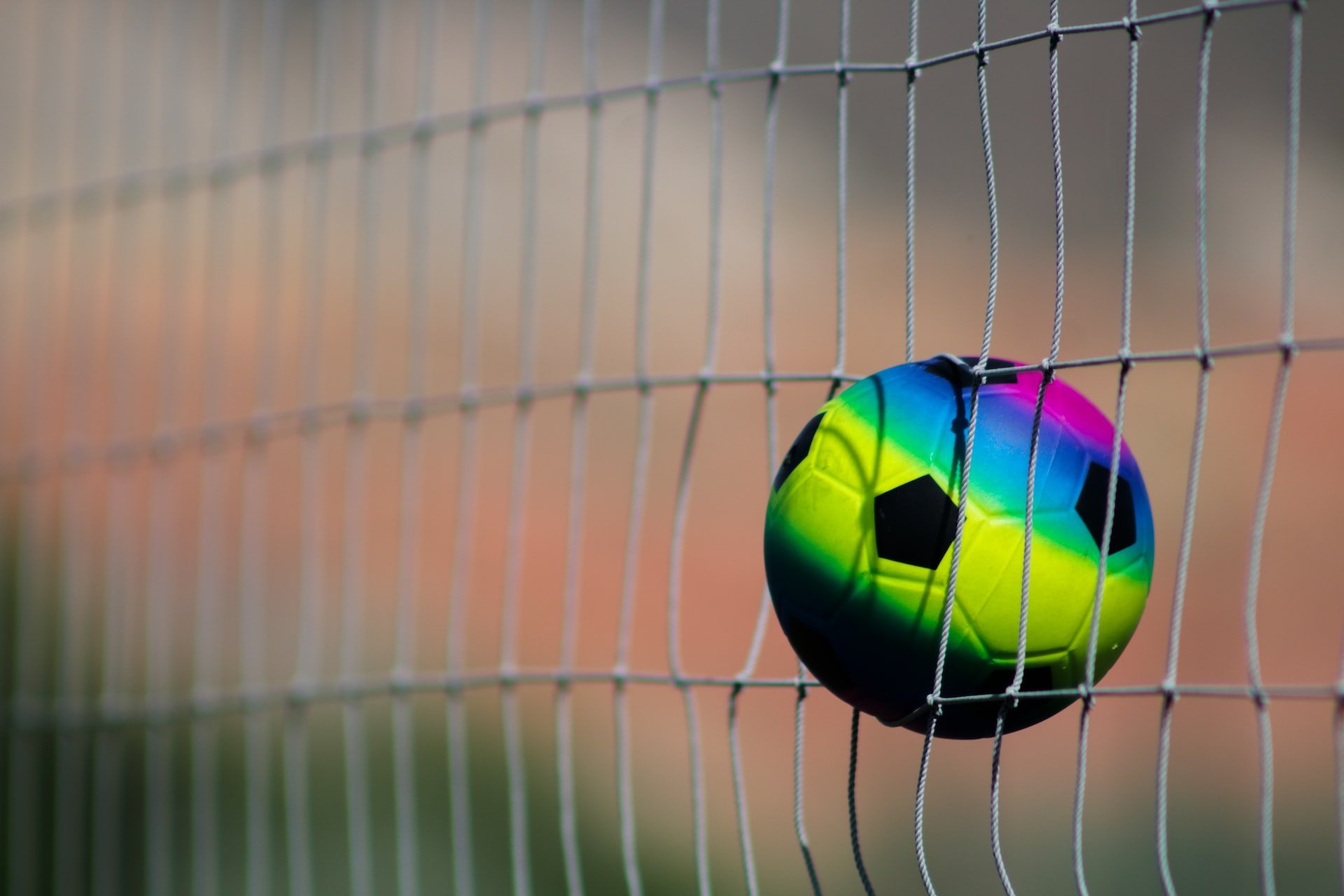Football fitness searches are on the rise according to Google Trends. To help new and experienced players up their game and improve their performance, we spoke to Kelly Smith, the ex-England and Arsenal player who’s widely considered to be one of the nation’s best-ever players. After making her debut against Italy in 1995, Kelly went on to receive 117 caps and score 46 goals for England. She was awarded the MBE in 2008.
We asked Kelly for her insight into what it takes to train like a pro.
How to train for success
“There are so many important physical attributes a footballer needs as the game is so demanding. I would say there are seven major components:
- Agility – You have to be agile and move your feet quickly and change direction and position of the body quickly with and without the ball.
- Balance and control – There are so many movements that happen in a football game. This is with and without a football as you dribble, jump, turn, pass, and place your body into a variety of positions.
- Power and strength – You have to know and understand how to effectively use your body to win a physical battle. I wasn’t the biggest of players but had good upper body strength and knew how to use my arms to hold off players.
- Speed – You need to accelerate and decelerate quickly both with and without a football at your feet.
- Stamina – You have to be able to last 90+ minutes. As your body tires your decision making and touch are affected, and you make mistakes.”
Kelly’s advice on what to focus on in training
“It’s key to strengthen the core muscles, glutes, hamstrings and quads. The stronger all these muscles are, the less impact goes through the knee joints. Instead, your muscles take the load, preventing injury. Focus on your lower extremities such as the quadriceps, hamstrings, glutes and calves to build speed and explosiveness.
“During the season, you need to focus on maintenance work to keep your muscles supple and strong, and stability/balance work to help with injury prevention. Good exercises include squats, single leg lunges, side lunges, calf raises, and glute band work.”
What does a professional football player’s training schedule look like?
When Kelly was playing, her training schedule looked something like this:
Sunday – Match day.
Monday – A recovery day e.g. a light 20/30 minute bike and stretch, or a 30 minute swim and stretch.
Tuesday – Football training on the pitch followed by a gym session.
Wednesday – Football training.
Thursday – Football training on the pitch followed by a gym session.
Friday – No training.
Saturday – Light football session working on set pieces and any individual work alone or within units.
Key exercises included in a footballer’s training routine
Lateral band walks – The muscles trained during this exercise are the gluteus medius, gluteus minimus, and the gluteus maximus. All three of these muscles help with stabilizing the hips and knees which keep us strong and healthy and reduce risk of injury.
Squats – are the best exercise for lower body exercises as they activate all the key muscles in the leg – quads, hamstrings, and glutes.
Split squats – requires one leg raised behind you on a bench while the working leg remains on the floor. This allows you to strengthen each leg individually, correct muscle imbalances, and improve mobility and stability. Perform these as a main movement or as an accessory to the squat.
Bench press – You may think that your upper body isn’t hugely important for football unless you’re a goalkeeper, but whatever position you play, a strong chest and shoulders will give you extra pushing strength – great for winning tussles for the ball.
Kettle bell swings – A full-body workout, they mostly target the muscles along the back of the body. The main muscles used are the glutes, hamstrings, and muscles of the upper back. Remember that the kettlebell swing is a lower-body movement. You should be driving your hips to create momentum, not lifting with your arms.
Treadmill HIIT – Go all out sprinting for 30 seconds. You decide on the level for your max sprint. Then Lower the speed to 3.5 to 4 mph and walk for one minute. This is your recovery period. Do this for 20 mins.
Kelly’s tips on staying mentally strong
Inevitably, playing professional sport can be extremely mentally challenging and require a lot of hard work.
Kelly’s advice on staying motivated during training is to focus on your long-term results.
“When it gets hard and you feel like you can’t do it, I used to tell myself it’s not going to last that long and it will benefit me in the long run. I always wanted to strive to be better and get stronger and be the best I could be.”
When it comes to dealing with setbacks and injuries, she advocates talking it out.
“It’s hard when you have an injury because you can’t train and do what you love and what makes you feel good. I always worked with a physio through every injury and did extra work to get myself back on the field as quickly as possible. I found talking about my frustrations helped me as normally I would hold the anger in, and it would affect how I was as a person.”
Get started on your training at David Lloyd Clubs, with a wide range of fitness equipment, specialised workout classes, unmatched swimming facilities and more. Contact your local club today to get started.






